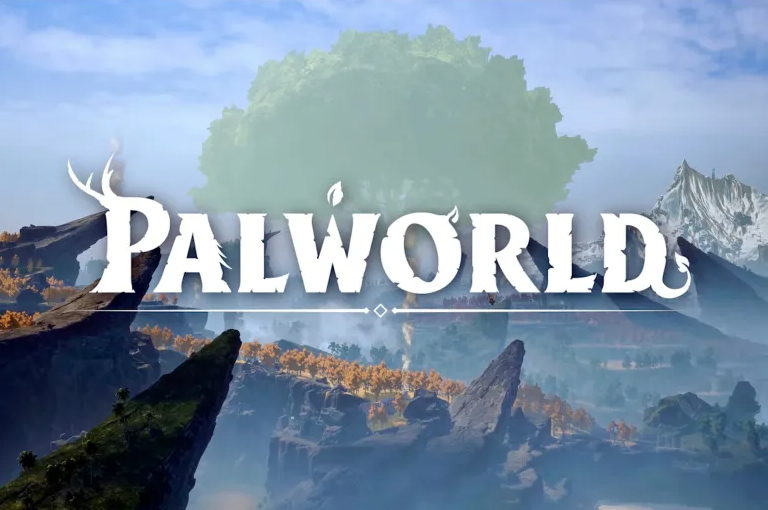
Suddenly, the game Palworld has turned into a global phenomenon, competing with the toughest titles that have dominated the top-selling and most-played lists on Steam, all without massive advertising campaigns.
The unexpected success of the game has captured the world’s attention for several reasons. Firstly, the game doesn’t come from a developer with a track record of successful games, nor does it offer an innovative or revolutionary concept like PUBG did in its early days. This aspect alone is remarkable and adds to its success.
But how did this game manage to reach such a status, and will it continue to thrive or fade away amidst the games that caused a stir before disappearing?
A Journey Filled with Challenges Leading to Success
Although Palworld is now the second-most player-retained game on Steam, its development journey wasn’t smooth, as Takuro Mizobe, the CEO of Pocketpair, the game’s developer, described in a blog post on the official game’s blog, calling it “not a journey of development in the proper, commonly understood sense.”
The bumpy development journey of Palworld makes its existence itself a miracle, let alone the tremendous success it has achieved, a journey Mizobe described in the celebratory post of the game’s launch.
Initially, Mizobe needed a whole month just to develop one character in the game’s world before the game could see the light, even though it required another 100 characters. Additionally, the usual organizational aspects of the company were absent. There was no clear budget set for the development process, and there wasn’t much prior experience in game development even within the team that worked on the game.
The game’s team consisted of 40 individuals by the end of Palworld’s development, and due to the financial issues the company faced, they couldn’t hire many game development experts or even programmers in general. This made the development process random at best, perhaps most notably seen in the shift from using Unity to Unreal Engine halfway through the project, based on the preference of one of the few game development experts in the team. Because of this arbitrary decision, the game had to be rebuilt from scratch halfway through.
The rest of the team comprised a peculiar mix of game development and animation enthusiasts, ranging from the person responsible for animating the weapons in the game, who worked at a retail store for half pay and lacked a college degree, to a person previously rejected when applying for a job inside Pocketpair’s studio, only to be rehired to design all of the game’s monsters.
Regarding the budget, Mizobe’s philosophy illustrates the crisis they were going through. He stated in his blog post, “The maximum budget limit was to reach zero in the company’s bank account, and after that, we could borrow money, and when that money ran out, we’d borrow again until the game was launched and succeeded.”
Leave a Reply